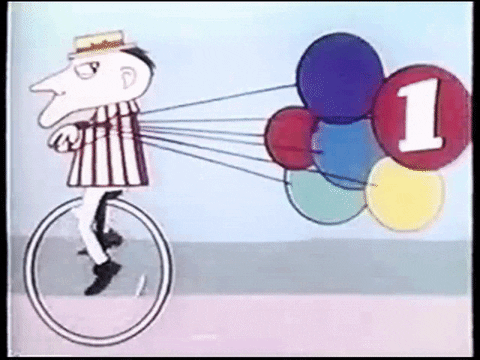



Hi all! Welcome back! Are you fascinated by color schemes, appealing designs, and color harmony? Does the process of mixing different colors to achieve desired results excite you? Or maybe you just really like colors? If you answered yes to one of these questions, you are going to enjoy the little challenge we prepared for you! No matter if you are an expert designer, aspiring artist, or enthusiast of colorful concepts, you can benefit from learning the theory of colors.
Our test will test your knowledge of color theory which consists of such concepts as color wheel, warm vs cool colors, primary, complementary and secondary colors, tints, shades, color clashing, and many more! Do you think you can score max points? There is only one way to find out! Start the quiz and take up our colorful challenge!
Don’t know much about color theory? Keep reading and explore the fascinating world of colors in the next part of the article!
What is the true color of personality? Are you connected to the color of Orange, Blue, Green, or maybe Gold? Uncover the mystery in this exciting personality quiz!
So what exactly is color theory? Does it belong to the realm of art or science? Well, the truth is that it can be associated with both. Color theory is best described as a collection of definitions, rules, design applications, and concepts related to colors and how to use them. The world of colors is complex and vast enough to fill many science books.
The theory of colors encompasses knowledge about the use of colors, how humans perceive them, which colors go well together and which ones clash with each other. It’s a useful and logical set of rules which helps designing amazing projects that are pleasing to the eye.
You already know that personality can be associated with color. But what about your soul? What color it may be? Go here to learn more!
One of the most important parts of color theory is the color wheel, a useful tool for artists and designers. It is a traditional visual representation of colors in the field of art. The first color circle was created by Isaac Newton in 1666. Despite its age, it is still in use today. Color circle helps develop cool color palettes, harmonies, and color combinations.
Color wheel is composed of three groups of colors: primary, secondary, and tertiary. The three primary colors are yellow, blue, and red. When you mix them, you get secondary colors (green, purple, orange). As for tertiary colors, they are achieved when primary and secondary colors are mixed with each other (red-orange, red-violet, yellow-orange, blue-green, yellow-green, blue-violet).
If you draw a line through the center of the color circle, you will separate the colors into two groups. One side of the wheel consists of warm colors (red, yellow, orange) and the other one has cool colors. Warm colors are usually associated with positive energy, peace, tranquility, warmth, and happiness. Cool colors (blue, purple, green) are associated with coolness, indifference, sadness, melancholy but also water, calmness, and nature.
Which season best matches your personality? Is it Fall, Summer, Spring, or maybe Winter? Find out in this relaxing personality quiz!
Can You tell the difference between shade and tone? What exactly is hue and tint? These four terms are must-have if you wish to apply color theory knowledge to your projects. Hue, tint, shade, and tone are core parts of color theory. If you want to become an artist or designer, you are going to see them often. Take a look at their definitions and learn the difference!
Do you enjoy playing with slimes, cool stress-relieving toys? There are many slime colors to choose from. But which one are you? Find out in this personality test!
How well do you understand the idea of colors, tints, and shades? Are you familiar with color theory? Test your colorful knowledge in our new Color Theory Quiz!
Here is another color-themed quiz you shouldn’t miss – Lightsaber Color Quiz! If you love the Star Wars Universe and color theory, you are going to enjoy this unique personality quiz!